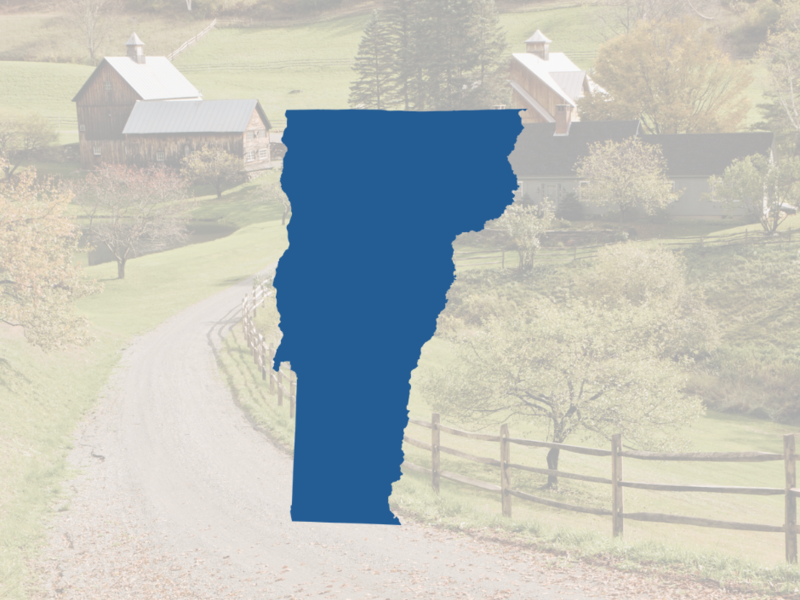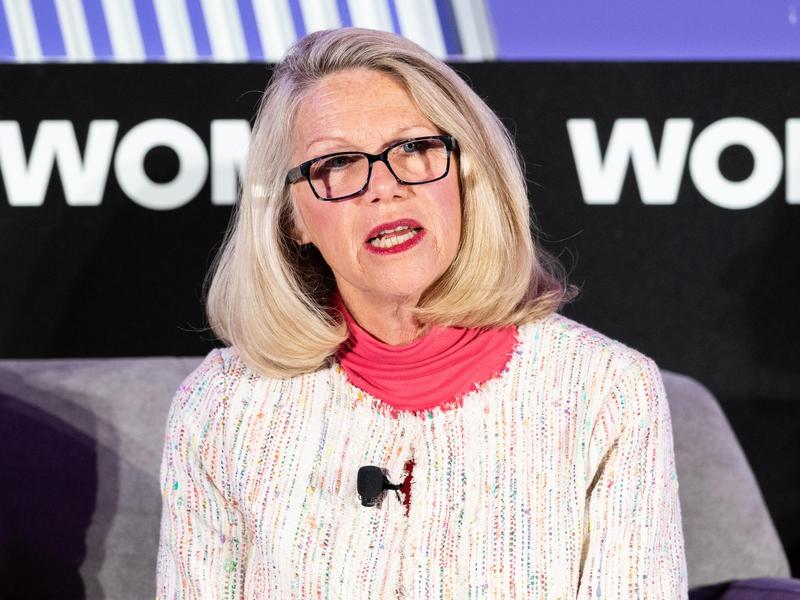
My colleague, David Wasserman wrote a (typically) insightful analysis on GOP state Sen. Dan Bishop's narrow win in Thursday's special election in North Carolina's 9th district. His main conclusion was that the special election continued a trend we've seen since 2016 of suburbs voting more Democratic, while small town and rural areas are turning an even deeper shade of red.
Democratic 9th CD candidate Dan McCready, writes Wasserman, "exceeded his 2018 showing in Charlotte and its immediate suburbs in Mecklenburg County, stretching his margin from nine to 12 points. And he matched his 2018 showing in Union County, which contains Charlotte's more conservative exurbs. But in the six more rural counties, McCready underperformed last fall's showing significantly."
But, what we also saw in this election was a suburban vs. exurban divide, with the Democratic candidate doing well in the suburbs around Charlotte, but not making up much ground in the further out exurbs.
Mecklenburg and Union counties — the so-called suburban areas of the CD — account for about two-thirds of the votes cast in this district. But, the voting patterns in Charlotte's Mecklenburg have moved dramatically in Democrats' favor over the last few years, while Democratic shifts in voting in suburban/exurban Union County have been much less significant.
Back in 2014, according to data compiled by Catawba College's Michael Bitzer, Republican Senate candidate Thom Tillis won the parts of Mecklenburg that are in the 9th CD by 16 points. But, by 2016, these more urban/close-in-suburban voters gave Trump a narrow 2 point victory. By 2018, that GOP advantage had collapsed completely, as McCready carried the area by 9 points. And, in the special election on September 10, McCready won Mecklenburg by 12 points. That's a 28 point swing in Democrats' favor in less than five years.
But, in Union County, Democrats have made only marginal improvements. Tillis won the county by 31 points. Two years later, Trump carried it by the same vote share. In 2018, Republican Mark Harris won here by 20 points, while Bishop carried it by 21 points in the special election. That 10-point swing in Democrats favor isn't insignificant, but it's also much smaller than the 28-point shift in Mecklenburg.
In other words, Democrats suburban gains aren't distributed equally. If they were, a district like North Carolina's 9th, where 60 percent of the vote is 'suburban' would be in Democratic hands.
Boston College political scientist David Hopkins has measured this suburban disparity in a paper he wrote called "The Suburbanization of the Democratic Party, 1992–2018." He argues that using 'suburban' as shorthand for anywhere that's not a city or small town/rural is missing the real story of the suburban vote.
There's no doubt that the Democratic party has gotten more 'suburban' over the last 20 years. "The proportion of House Democrats representing suburban districts rose from 41 percent after the 1992 election to 60 percent after 2018," writes Hopkins, "while the share of Democratic-held seats located in urban areas remained fairly stable over time (varying between 33 percent and 41 percent of all party seats)." However, Hopkins notes, all of this growth in the suburbs and stability in urban areas has not been without a cost. Since 1992, "the share of rural districts declined from 24 percent to 5 percent of all Democratic seats."
This isn't just a House thing either. In the 2019-2020 Congress, Hopkins notes, "79 percent of Democratic senators represented suburban states, while only 6 percent, or three senators, represented mostly rural states."
But, suburban success for Democrats has come almost exclusively in the areas in and around big cities, like Denver, Chicago, Los Angeles, and Detroit. There have been fewer inroads into suburbs surrounding smaller cities like Cincinnati, Ohio; Spokane, Washington; or Indianapolis, Indiana.
Why? Not surprisingly, the most populous metro areas also have a "disproportionate share of the nation's African-American, Latino, and Asian- American inhabitants."
That diversity has helped to fuel the growth of majority-minority suburban areas. And, Democrats have been winning those suburban districts. There are now almost as many Democratic-held suburban seats that are majority-minority (49) as there are Democratic-held urban seats that are majority-minority (54).
But, for all their success in the suburbs in and around big metro areas, Democrats have had little luck in the suburbs of the smaller or medium sized cities that are not as ethnically or racially diverse. And, in fact, that gap between Democratic performance in the big-city suburbs versus the smaller/medium city suburbs has grown wider over the last 24 years.
"In every presidential election since 1992, the Democratic candidate has carried the suburban vote inside the Top 20 metro areas," writes Hopkins, "while the Republican candidate has prevailed across the remainder of the nation's suburbs. The partisan gap between these two suburban electorates has increased over time: from 4 percentage points in 1992 to 13 points in 2016."
And, while Democrats won the 2018 election in the suburbs, Republicans still hold "71 percent of all suburban seats outside the Top 20 metro areas (as well as 82 percent of the nation's rural districts). "
In other words, Democrats can't make up for losses in rural areas by winning 'the suburbs." Democrats also need to also perform better in suburbs that aren't in — or around — big population centers. And, mid-size city suburbs also happen to be in states that have an outsized influence on the Electoral College.
Boston College's David Hopkins lays it out clearly here: "Just as Democrats appear to be gaining in the largest Sun Belt population centers, for example, they must contend with clear signals of eroding popularity in smaller suburbs (and rural areas) in midwestern states like Ohio, Wisconsin, and Iowa: a trend that resulted in the party's unexpected defeat in 2016. These countervailing developments have left Democrats locked in perennially close and bitter electoral competition with a Republican Party that has been able to defend, and even expand, its own suburban base surrounding the mid-size and small cities of the nation's midsection—still the electoral backbone of red-state America."









Subscribe Today
Our subscribers have first access to individual race pages for each House, Senate and Governors race, which will include race ratings (each race is rated on a seven-point scale) and a narrative analysis pertaining to that race.